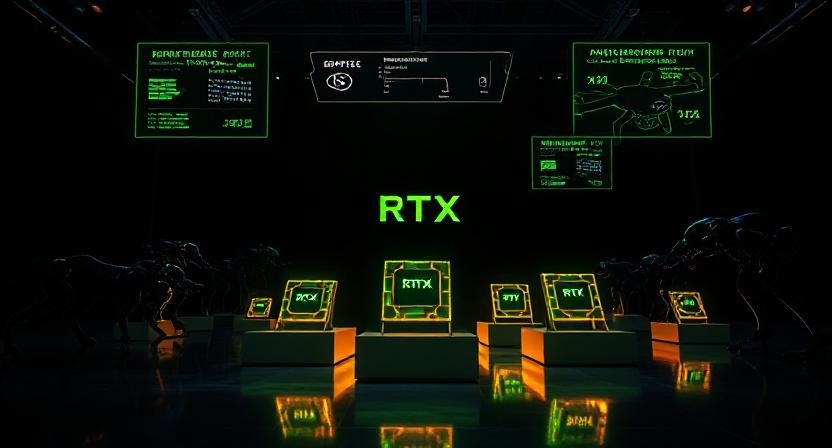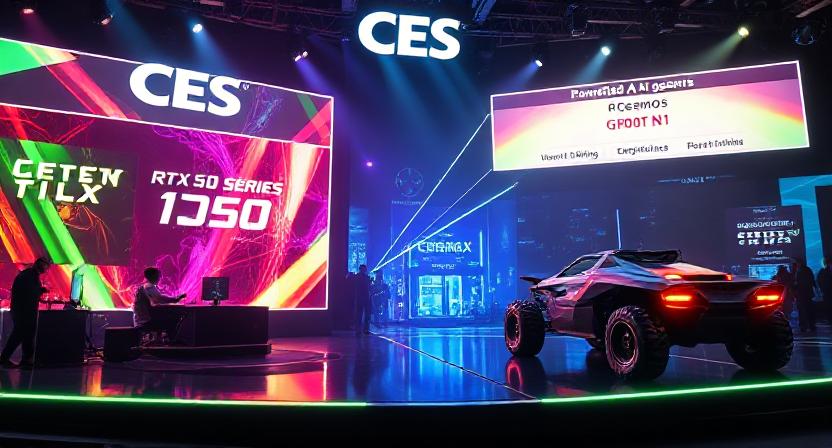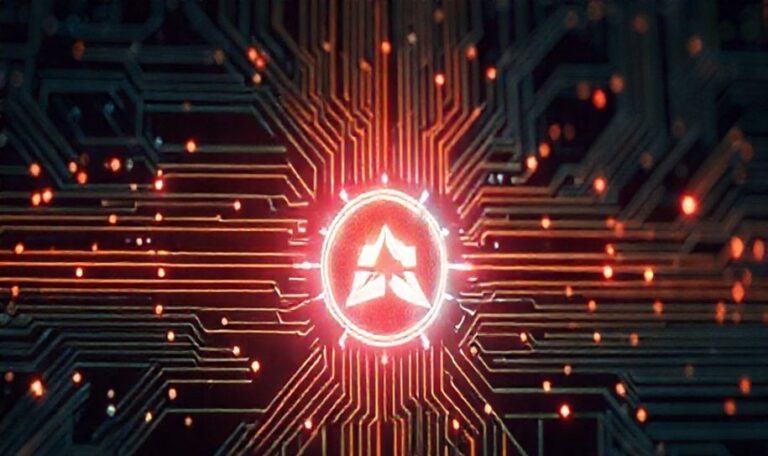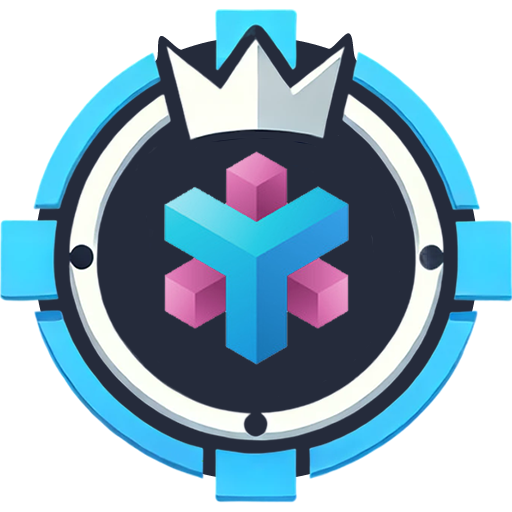From RTX 50 to NVIDIA CES 2025 Breakthrough

NVIDIA at CES 2025: RTX 50 Series GPUs & AI that Trains Robots At CES 2025 in Las Vegas NVIDIA CEO Jensen Huang delivered a powerful keynote...
⏱️ Estimated reading time: 4 min
Latest News
NVIDIA at CES 2025: RTX 50 Series GPUs & AI that Trains Robots
At CES 2025 in Las Vegas NVIDIA CEO Jensen Huang delivered a powerful keynote titled AI Advancing at Incredible Pace. He presented a unified vision centered on Physical AI-AI that can perceive reason plan and act in the real world.
Moreover this new paradigm hinges on two core elements first advanced graphics hardware; second generative AI frameworks designed for robotics and autonomous systems.
DLSS 4 & Neural Rendering: AI at the Core of Gaming
NVIDIA’s DLSS 4 revolutionizes neural rendering by predicting upcoming frames using a transformer‑based AI model effectively generating up to three additional frames for each traditionally rendered one.
Consequently this approach enables significantly smoother higher fps gameplay while simultaneously reducing GPU load.
Moreover early benchmarks report up to an 800 % performance uplift in supported titles such as Cyberpunk 2077 Alan Wake 2 and Star Wars Outlaws.
Indeed these three titles already offer native DLSS 4 Multi Frame Generation support at launch.
Cosmos: Building the Foundation for Physical AI
Beyond GPUs NVIDIA also unveiled Cosmos a generative world foundation model platform that enables Physical AI by training robots and autonomous vehicles using synthetic video environments.
Trained on over 20 million hours of real world video data, Cosmos can synthesize plausibly accurate future scenarios to power reinforcement learning and safe agent logic.
In fact Huang likened its multiverse style simulation capability to Doctor Strange’s ability to visualize multiple timelines arguing it offers future‐outcome foresight for physical AI systems.
Robot Training: From GR00T N1 to Agentic Humanoids
NVIDIA also introduced GR00T N1 an open Vision Language Action VLA foundation model tailored for humanoid robots.
Firstly it leverages a dual‑system architecture: System 2 a vision language model that reasons about the environment; followed by System 1 a diffusion transformer decoder producing real time motor actions.
Furthermore, NVIDIA announced key enhancements to its Isaac platform including Newton an open source, GPU‑accelerated physics engine built on Warp MuJoCo Warp and additionally expanded its agentic AI blueprints the core building blocks for robotic developers working with embodied AI.
Altogether these components deliver a full stack Physical AI tooling suite, empowering robot builders with advanced perception reasoning models high-fidelity simulation and reusable agent logic templates.

Gaming and Robotics Synergy: AI Meets Hardware
The CES announcements reinforce NVIDIA’s strategy of bridging consumer AI gaming, content creation and physical AI robotics autonomous vehicles. RTX 50 Series GPUs provide the compute backbone while platforms like Cosmos and GR00T N1 provide the models and training pipelines to make embodied agents smarter and safer.
This holistic push positions NVIDIA not just as a GPU company, but as an AI systems company powering both virtual and physical agents.
Implications and Outlook
- 4K @ 120+ Hz ray tracing becomes mainstream
- DLSS 4 ensures high fidelity performance even in graphically demanding titles
- GPU performance scales across cloud streaming VR and demanding content pipelines
Developers & AI Builders
- Project DIGITS (personal AI supercomputer) makes large AI models accessible locally
- Cosmos enables realistic data generation for robot and AV training
- GR00T N1 plus Isaac opens up generalist robot research to wider innovators
Industry and Societal Impact
NVIDIA’s announcement signals a shift in robotics: from scripted automation to adaptable reasoning capable agents. Physical AI may soon influence logistics healthcare delivery and manufacturing at scale.
Challenges & Considerations
- Power and Heat: RTX 50 Series, with massive compute throughput, demands robust cooling and energy budgets
- Content Licensing: DLSS 4’s algorithmic rendering requires game developer integration for maximum benefit
- Robot Ethics: Embodied agents must be safe transparent and predictable especially with Cosmos generated training data
- Ecosystem Lock-in: Platforms like Omniverse support rapid innovation, but open standards remain vital for broader collaboration
Final Thoughts
CES 2025 marks a pivotal moment. NVIDIA’s RTX 50 GPUs redefine renderer-level realism and interactivity in gaming. At the same time Cosmos GR00T N1 and Isaac signal a new phase in robotics one where AI learns through simulated worlds then acts in physical environments.
From ray traced games at 240 Hz to humanoid robots trained on synthetic data, NVIDIA is bridging virtual and physical AI in unprecedented ways. For developers creators and AI innovators alike this keynote provides a roadmap: powerful hardware paired with open models and simulation infrastructure to build the next generation of intelligent agents on screen and in the real world.
Related Posts

Luminal’s $5.3M Boost: Revolutionizing GPU Code
Luminal Secures $5.3M to Advance GPU Code Framework Luminal has successfully raised $5.3 million in...
November 17, 2025
Sila Opens US Factory for High-Density EV Battery Anodes
Sila Opens U.S. Factory for Energy-Dense EV Batteries Sila, a battery materials company, has opened...
September 23, 2025

Snap OS 2.0: Browser, WebXR, and More!
Snap OS 2.0 Arrives with New Features Snap has recently unveiled Snap OS 2.0, marking...
September 15, 2025











Leave a Reply